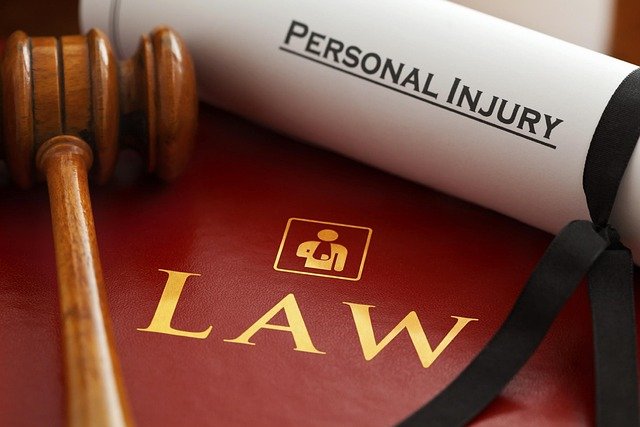Role of a Lawyer in Accident and Injury Cases
A lawyer plays a central role when someone faces the aftermath of an accident, an injury, or a dispute with an insurance company. Understanding what a lawyer does, when to seek one, and how legal and insurance processes intersect helps people make informed decisions after a crash or other harmful event. This article explains practical steps, common legal tasks, and how to evaluate local services.

What does a car accident lawyer do?
A car accident lawyer helps clients navigate the complex interactions between evidence, liability, and compensation following a crash. Their tasks typically include collecting police reports and medical records, interviewing witnesses, arranging accident reconstruction if needed, and negotiating with at-fault parties or insurers. Lawyers also calculate economic and non-economic damages—lost wages, medical costs, and pain and suffering—so that settlement or claim figures reflect the full impact of an injury.
When should you contact a lawyer?
You should consider contacting a lawyer soon after an accident or injury if there are significant medical expenses, disputed fault, severe injuries, or complex insurance denials. Early involvement can preserve evidence, ensure timely filings for claims or lawsuits, and prevent mistakes in communications with insurers that may prejudice a case. For minor fender-benders, legal advice may still clarify rights and help with claims that insurers undervalue.
Some situations particularly benefit from prompt legal help: hit-and-run incidents, multi-vehicle collisions, catastrophic injury, or where governmental immunity or liability thresholds complicate claims. A lawyer can also advise whether to accept a quick settlement offer or pursue a larger claim based on longer-term care or lost earning potential.
What legal steps follow an injury claim?
After an injury claim is initiated, common legal steps include demand letters, discovery, settlement negotiations, and potentially filing a lawsuit. The demand letter outlines the facts, injuries, and specific damages sought; it starts negotiations with the other party or their insurer. If negotiations stall, formal discovery—exchange of documents, depositions, and expert reports—helps build a stronger factual record for trial or mediation.
If a case proceeds to court, timelines vary by jurisdiction and seriousness of the injury. Statutes of limitations impose deadlines for filing suits, and missing them can forfeit legal rights. Throughout these stages, a lawyer coordinates experts (medical, vocational, accident reconstruction) and ensures evidence is preserved, organized, and presented clearly to decision-makers.
How does insurance interact with legal claims?
Insurance companies play a major role in resolving many injury cases, but their priorities differ from those of an injured person. Insurers aim to limit payouts and may use recorded statements, early settlement offers, or claim investigation tactics to reduce liability. A lawyer helps interpret policy language, identify available coverages (liability, uninsured/underinsured motorist, medical payments), and communicate strategically with adjusters to avoid inadvertent concessions.
When insurers deny or undervalue claims, a lawyer can pursue alternative legal remedies like filing suit against a liable party or pursuing bad-faith claims where applicable. Understanding policy limits, deductible implications, and how settlements affect future medical coverage is part of the legal guidance a lawyer provides to protect a client’s financial and health interests.
How to choose local legal services for injury cases?
Selecting a lawyer in your area involves checking experience, communication style, and practical outcomes. Look for attorneys who regularly handle car accident and injury matters and who can explain the legal process in plain language. Ask about case handling—who within the firm manages communication, timelines for updates, and whether the lawyer uses trial or negotiation strategies more often.
Practical considerations include fee structures (many personal injury lawyers work on contingency, meaning fees are taken as a percentage of recovery), initial consultation availability, and client references or local bar association records. Meeting with two or three lawyers for brief consultations can help compare approaches and determine which legal style and firm resources best match the specifics of the injury and insurance issues involved.
Conclusion
A lawyer’s role after an accident or injury centers on preserving rights, documenting damages, negotiating with insurers, and pursuing compensation through settlement or litigation when necessary. Understanding legal steps, insurance dynamics, and how to evaluate local services equips people to make informed choices during a stressful recovery period. Sound legal guidance focuses on clear documentation, realistic expectations, and protecting long-term health and financial interests.






